Runaway Horses Plagued Vliet Street
Killing and injuring many in the 19th century. Then the streetcar arrived.
Garrett Vliet was born in 1790 in New Jersey. His grandfather, Daniel Van Vliet, was a Dutch immigrant and his father, Jasper, was a Revolutionary War veteran. While Garrett was still a child, his family moved to what were then the wilds of Pennsylvania where his father, a good hunter, could easily provide for them.
Garrett Vliet (he dropped the “Van” from his name) grew to be a expert marksman and served in a company of sharpshooters during the War of 1812. After the conflict Vliet, like so many of his countrymen, moved west. He immigrated to Ohio where he worked surveying for canal companies. There he hooked up with canal builders Byron Kilbourn and Increase Lapham. The group came to Wisconsin in 1835 where they founded a village on the west bank of the Milwaukee River that is now the Kilbourntown neighborhood of Downtown. They named one of the streets after Vliet, who surveyed the new community.
In addition to Kilbourntown, Vliet surveyed Wauwatosa, Brookfield, Pewaukee, and other portions of Milwaukee and Waukesha Counties. Farther afield, he surveyed towns along the Mississippi River including Dubuque, Iowa. He and his family resided in Kilbourntown but not on his namesake street.
Runaway horses created safety problems during the nineteenth century throughout the city. Horses were spooked by sudden movements or noises and caused many accidents as they careened in fear down city streets, including Vliet Street. The Watertown Plank Road led into the city via Vliet Street and into a heavily German neighborhood. With so much traffic coming in from the plank road, Vliet Street became a major arterial and business street, thus assuring that it had more than its share of rampaging horses.
A farmer from Granville, John McCrary, was killed when his team of horses spooked on the street and threw him from his grain-filled wagon. A Brookfield farmer, John Werth, was seriously injured when he was thrown from his wagon and landed against a tree at N. 19th Street as his runaway team ran wildly down Vliet Street. William Seefeld, a man delivering milk along the street, was killed when his horses ran, throwing him from his wagon and breaking his neck.
The Sentinel blamed many of the runaways on carelessness by owners who did not adequately fasten their horses to hitching posts. They blamed a farmer who neglected to properly hitch his team for causing another accident. His frightened horses ran from the hitching post with two women in his wagon. Their vehicle collided with a hay wagon but their injures were not serious.
Of course, it was not always the vehicle’s occupants who were hurt. Collisions involving runaways injured or killed horses, drivers or passengers of other vehicles. A peddler, David Whrewitz, was severely injured when a runaway wagon collided with his horse-drawn cart, throwing him from his cart and then running over his legs.
Pedestrians were especially vulnerable. One horse freaked out when it was startled by a circus parade. In its fear, it injured a girl when it galloped over her while she was crossing the street. Even the sidewalks were not always safe. A fire engine scared a horse, causing it to break free of the hitching post, then of its buggy. It ran down the sidewalk between N. 12th and 13th Streets. First it injured Henry J. Frank, who worked at Best’s Brewery, then it knocked down 63-year-old Rosina Reichert and her three-year-old grandson, John Weil. The last victim was Amelia Gantz, another three year old, who was trampled. All survived.
As the twentieth century approached, a much safer form of transportation was developing – the electric streetcar. However, there were some streetcar accidents, as happened when one ran over and killed 12 year old William Leitzke, who had slipped on the icy road and fallen in front of the vehicle. In another accident, seven-year-old Otto Baumgart was dragged seventy-five feet by a streetcar but fortunately was only badly bruised.
Streetcars were easier to controll than horses. As an example, when Fred Bingenheimer, a streetcar engineer, saw two-year-old Lizzie Meyer sitting in the street between the streetcar tracks, he cut the power to the vehicle and applied the brakes. Lizzie froze as the huge vehicle bore down on her and bystanders watched in horror. The slowing streetcar hit her and drove over her. Bingenheimer jumped out of the vehicle and crawled under it. He came out pulling the uninjured child. If she had gone any further under the car she would have been crushed by the undercarriage. Witnesses on the busy street erupted in applause and cheering. Lizzie’s overjoyed mother kissed the engineer’s hand, and kissed it again, and kept kissing it until Bingenheimer climbed back into his car. The elated crowd continued its cheering and applause until well after the streetcar was out of sight.
The four-mile-long Vliet Street begins near N. 2nd Street at the east end and, with an interruption between N. 9th and N. 12th Streets, runs to N. 60th Street on the west. There it enters Wauwatosa and is called Milwaukee Avenue. There was an effort to change the name of Milwaukee Avenue to Vliet Street in 1931. Some Wauwatosa women opposed Vliet, calling it an unpleasant name and proclaiming they would be a laughing stock if they used it. Other citizens said the name had no local historical significance. But, of course, it did. Garrett Vliet’s surveys helped determine the development of their town, and many others as well.
Along Vliet
Carl Baehr, a Milwaukee native, is the author of Milwaukee Streets: The Stories Behind their Names, and articles on local history topics. He has done extensive historic research for his upcoming book, Dreams and Disasters: A History of the Irish in Milwaukee. Baehr, a professional genealogist and historical researcher, gives talks on these subjects and on researching Catholic sacramental record.
City Streets
-
The Curious History of Cathedral Square
 Sep 7th, 2021 by Carl Baehr
Sep 7th, 2021 by Carl Baehr
-
Gordon Place is Rich with Milwaukee History
 May 25th, 2021 by Carl Baehr
May 25th, 2021 by Carl Baehr
-
11 Short Streets With Curious Names
 Nov 17th, 2020 by Carl Baehr
Nov 17th, 2020 by Carl Baehr


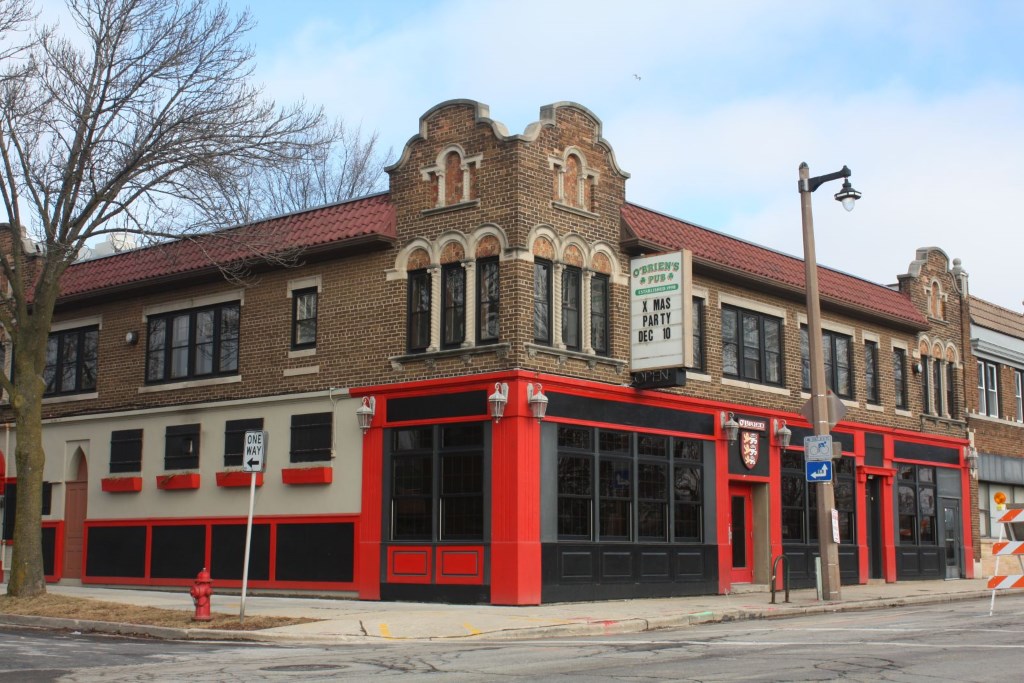
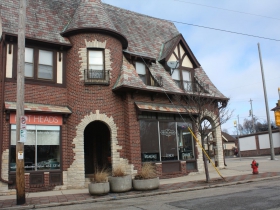
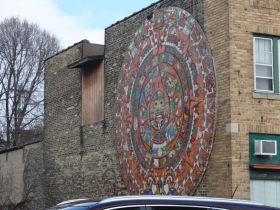
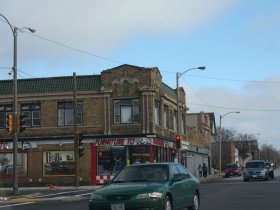
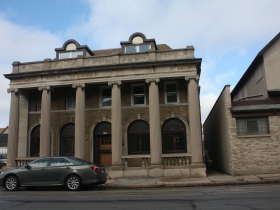
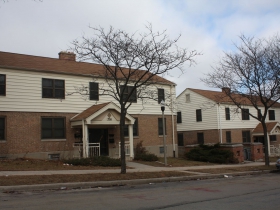
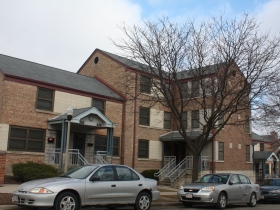




















Carl, I enjoyed reading this article and didn’t realize there were so many runaway horses. A correction, a streetcar motorman was called a motorman (motormen, plural). An engineer operated freight and passenger trains.
https://www.merriam-webster.com/dictionary/motorman
https://books.google.com/books?id=yeFEAQAAMAAJ&pg=RA1-PA22&lpg=RA1-PA22&dq=milwaukee+motorman&source=bl&ots=w1zILYa3YN&sig=LnmUJ5nlS00S4dx71CqVexESW9w&hl=en&sa=X&ved=0ahUKEwiIvNrfwN3RAhVLTCYKHbWCDz4Q6AEIIDAB#v=onepage&q=milwaukee%20motorman&f=false
I’ve also read that the street is actually supposed to be pronounced “vlee-ay” but everyone in this town pronounces it “vuh-leet” instead. Any idea which is correct?
@Dan, I think motorman sounds better than engineer but that was the word used in the articles I read. Thanks.
@Mama, the Dutch pronunciation is “Vl-ee-t.” “Vlee-ay sounds French. The word means “stream’ or “brook” in Dutch.
Carl, when and where were the articles published? The Milwaukee Electric Railway & Light Co. (TMER&L, predecessor of We Energies and Milwaukee County Transit System (MCTS) and the public transit industry then and, to a lesser extent, now use motorman for streetcar, interurban (light rail) and rapid transit operators.
Dan, The sources are as follows;
The Milwaukee Journal (Milwaukee, Wisconsin), Monday, June 16, 1890; pg. 3.
The Milwaukee Sentinel (Milwaukee, Wisconsin), Monday, June 16, 1890; pg. 3.